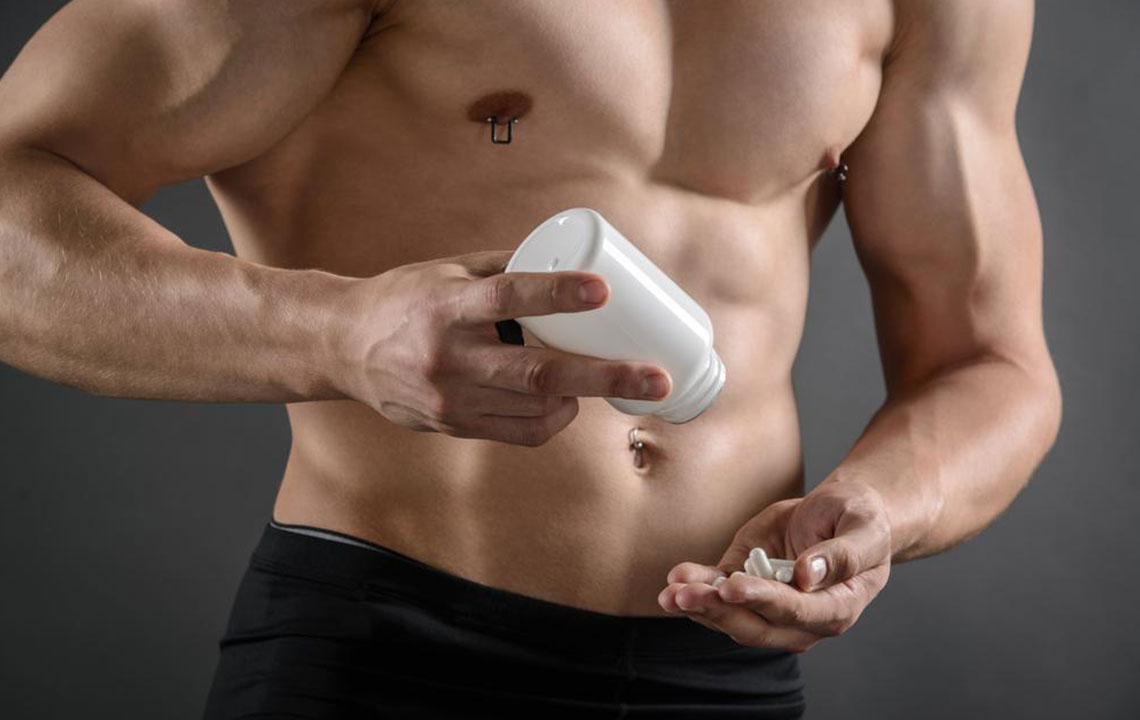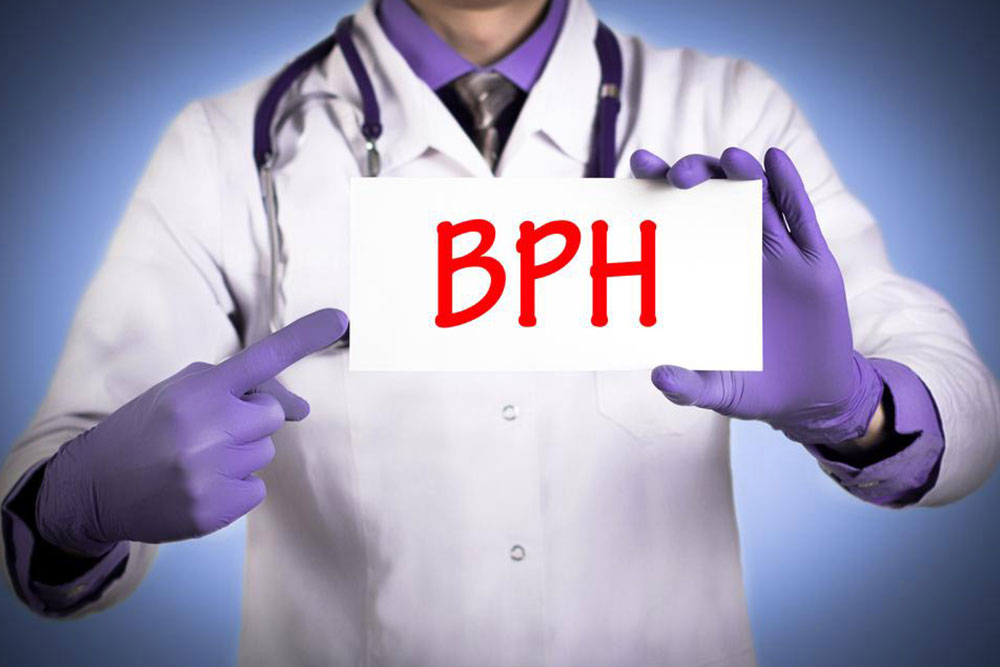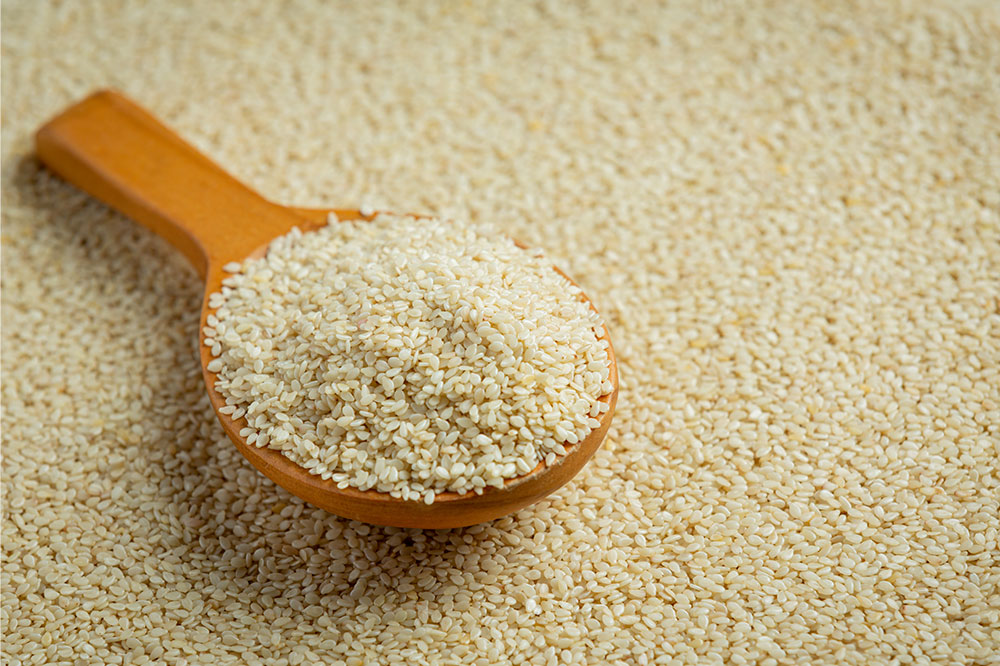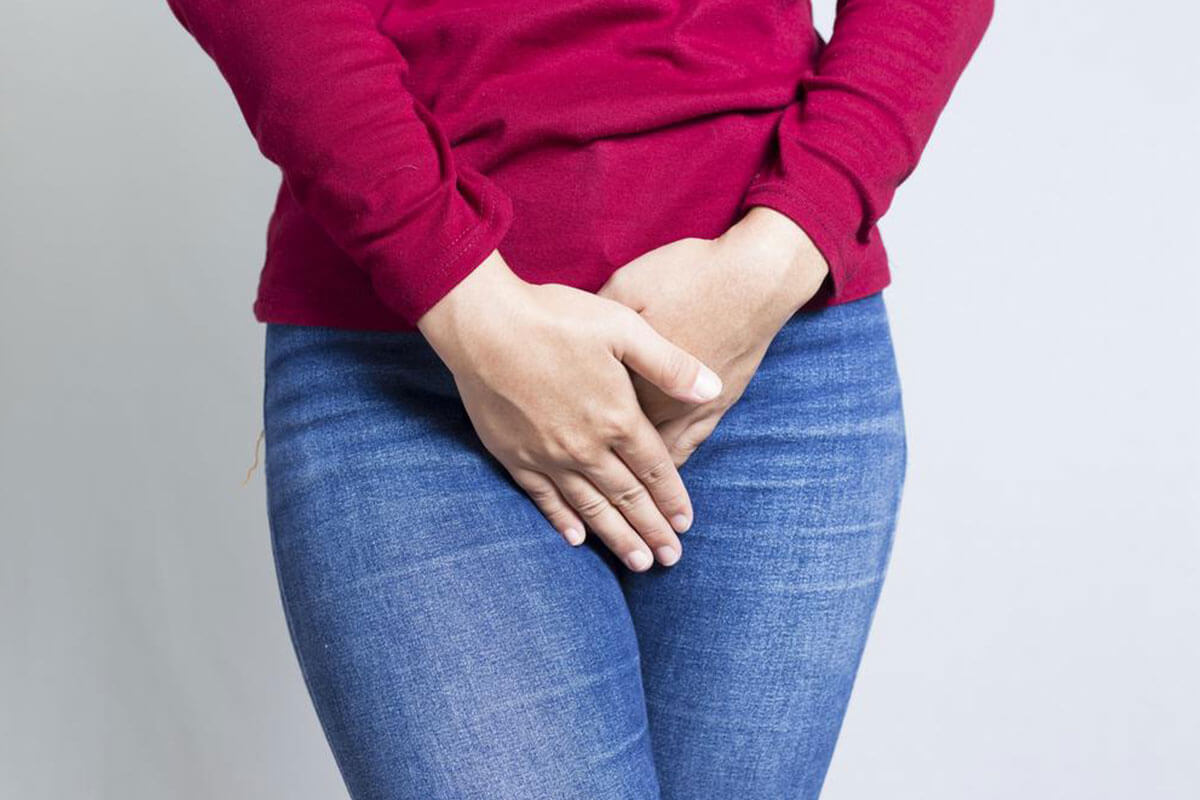Effective Options for Managing Enlarged Prostate in Men
This article explores common management options for men with enlarged prostates, covering symptoms, diagnostic signs, and a range of medical and surgical treatments. Early detection and professional consultation are vital for effective management and improving quality of life. The discussion includes medications, minimally invasive procedures, laser therapies, and lifestyle modifications, providing comprehensive guidance to help men make informed health decisions about prostate health.

Effective Options for Managing Enlarged Prostate in Men
If you find yourself making frequent trips to the bathroom, especially at night, it could be a sign of prostate enlargement. Men over 50 experiencing urgent and frequent urination should be aware of this common condition, which tends to increase with age. Studies show that over half of men by age 60 develop some degree of prostate enlargement. The prostate, a gland located in men, regulates urine flow through the urethra.
Although non-cancerous, enlarged prostate can cause significant discomfort by pressing on the urethra and narrowing it, leading to difficulty in urination. This results from the gradual increase in prostate cell volume, which exerts pressure on the bladder and urethra, making urination challenging.
Recognizing symptoms such as frequent urination, difficulty starting urination, weak stream, or feeling of incomplete bladder emptying can help in early detection. If untreated, enlargement may lead to urinary infections, bladder stones, or retention, so seeking medical advice promptly is essential.
Key symptoms include:
Increased urination frequency
Urgent need to urinate
Weak or interrupted urine stream
Difficulty initiating urination
Feeling that the bladder isn't fully emptied
Frequent dribbling
Urination in small amounts at regular intervals
Available Treatments for Enlarged Prostate
If symptoms appear, consult a healthcare professional immediately. Treatments vary based on severity and include:
Medication: Initial management often involves drugs such as alpha-blockers, 5-alpha reductase inhibitors, or combination therapies to reduce prostate size and relieve symptoms.
Surgical Options: For moderate to severe cases or when medications fail, minimally invasive or traditional surgeries are recommended. These include:
Transurethral Microwave Thermotherapy (TUMT): Uses microwave energy to target and shrink prostate tissue, improving urine flow.
Transurethral Needle Ablation (TUNA): Employs radio waves to destroy excess tissue and ease urination.
Transurethral Resection of the Prostate (TURP): A widely performed procedure where a scope is inserted into the urethra to remove obstructive tissue.
Transurethral Incision of the Prostate (TUIP): Similar to TURP but involves making small cuts to reduce bladder outlet obstruction, suitable for patients with other health conditions.
Laser Therapy: Uses laser energy to remove or reduce enlarged tissue, often with fewer side effects and quicker recovery.
Prostatectomy: An open surgery to remove significant prostate tissue, typically in severe or complicated cases.
Herbal Treatments: Some herbal supplements are used as alternative therapies. Consult a healthcare provider before use to ensure safety and efficacy.
Post-treatment lifestyle adjustments, alongside medical advice, can improve outcomes. Regular follow-up is crucial for managing this condition effectively.










